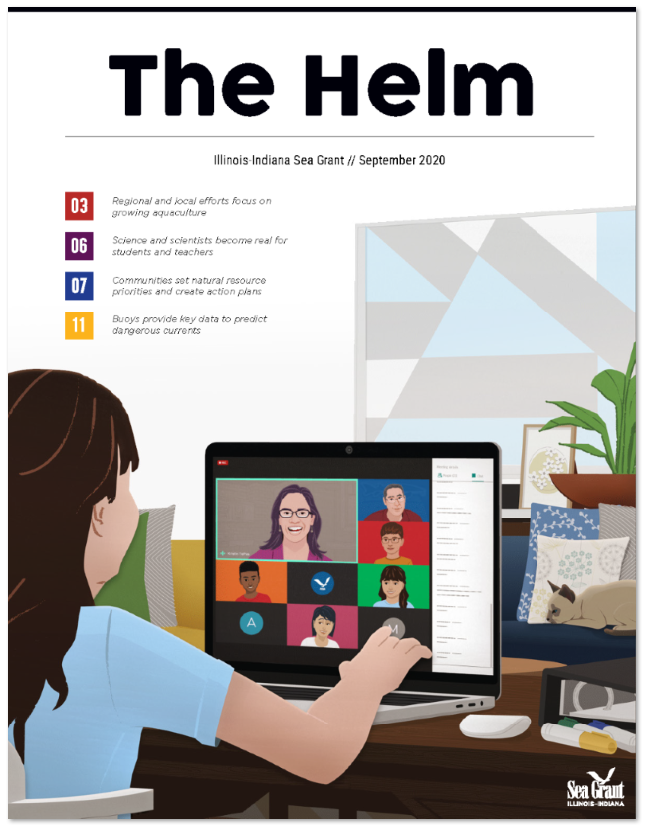
File Size: 5.52 MB
The Helm is a collection of recent IISG success stories, describing some of our research, outreach, and education efforts to address coastal and Great Lakes issues in Illinois and Indiana.

The Helm is a collection of recent IISG success stories, describing some of our research, outreach, and education efforts to address coastal and Great Lakes issues in Illinois and Indiana.
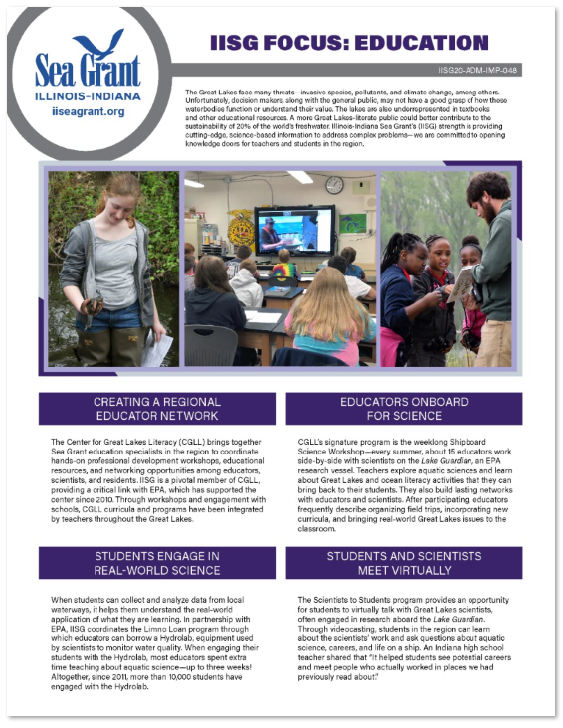
This is a quick summary of IISG’s opportunities and resources to help teachers and other educators increase their Great Lakes literacy, and ultimately that of their students.
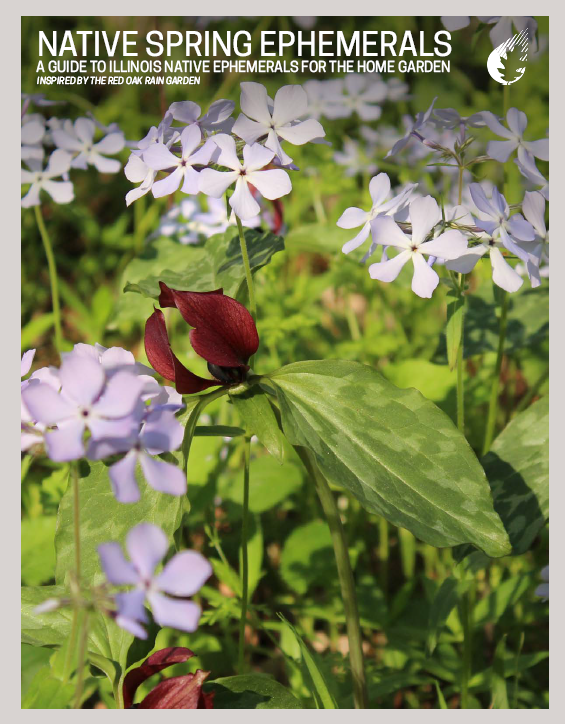
This brochure is a guide to the characteristics and benefits of selected Illinois spring ephemerals to help home gardeners choose plants appropriate for site-specific conditions.
A screen-reader friendly version is available at: https://iiseagrant.org/wp-content/uploads/2021/03/Native-Spring-Ephemerals-ADA-Accessible-Version.pdf
Plantas Nativas Efímeras de Primavera en español está aquí.
La publicación para un lector de pantalla está disponible aquí.
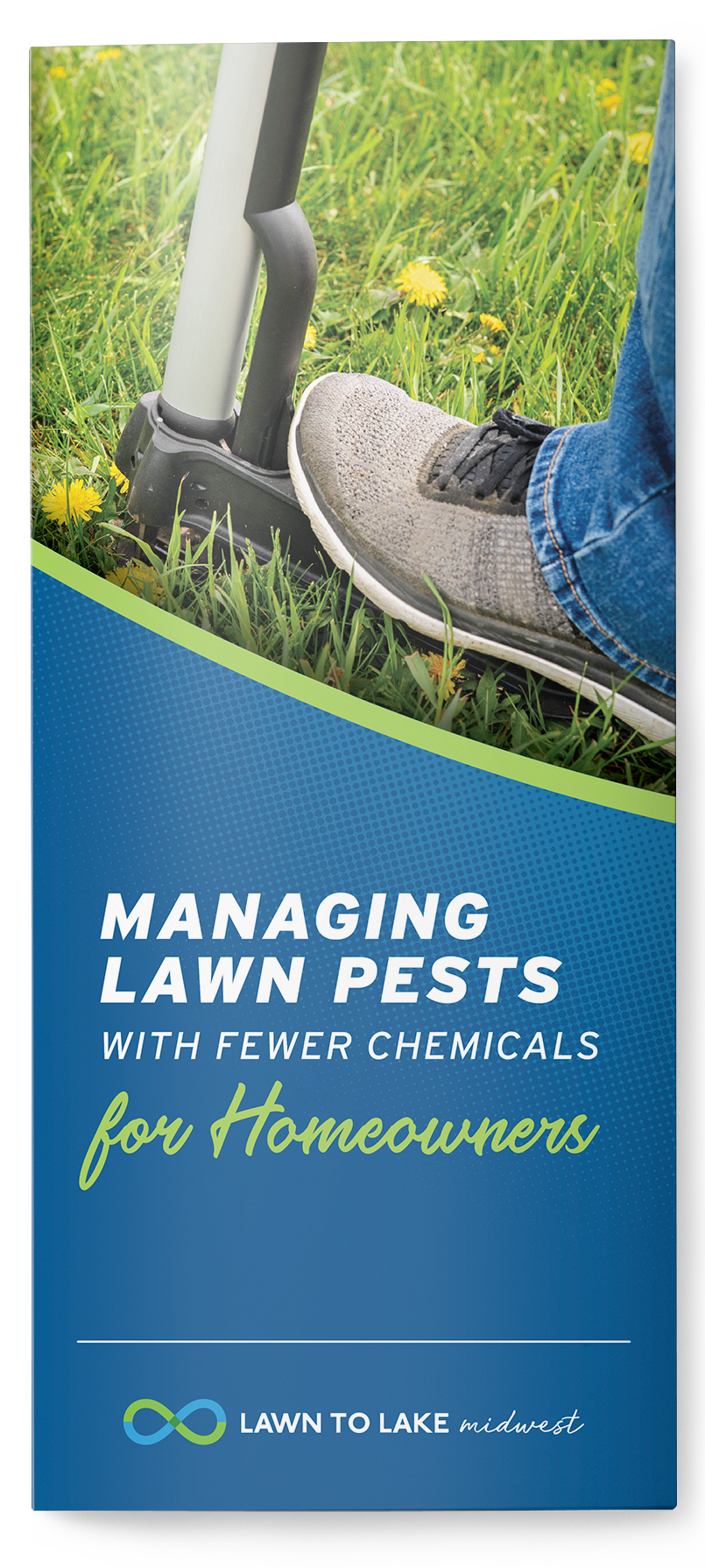
This brochure is a part of a natural lawn care communication campaign developed and refined through a series of grant funded homeowner surveys and focus groups. The goal is to address the issue of lawn care-related pollution in watersheds by targeting outreach efforts directly towards homeowners engaged in lawn care. Managing lawn pests was identified as a main concern for homeowners. Integrated Pest Management (IPM), outlined in this brochure is a tool homeowners can implement to minimize reliance on pesticides, reduce treatment costs, improve lawn health and protect surface and ground water.
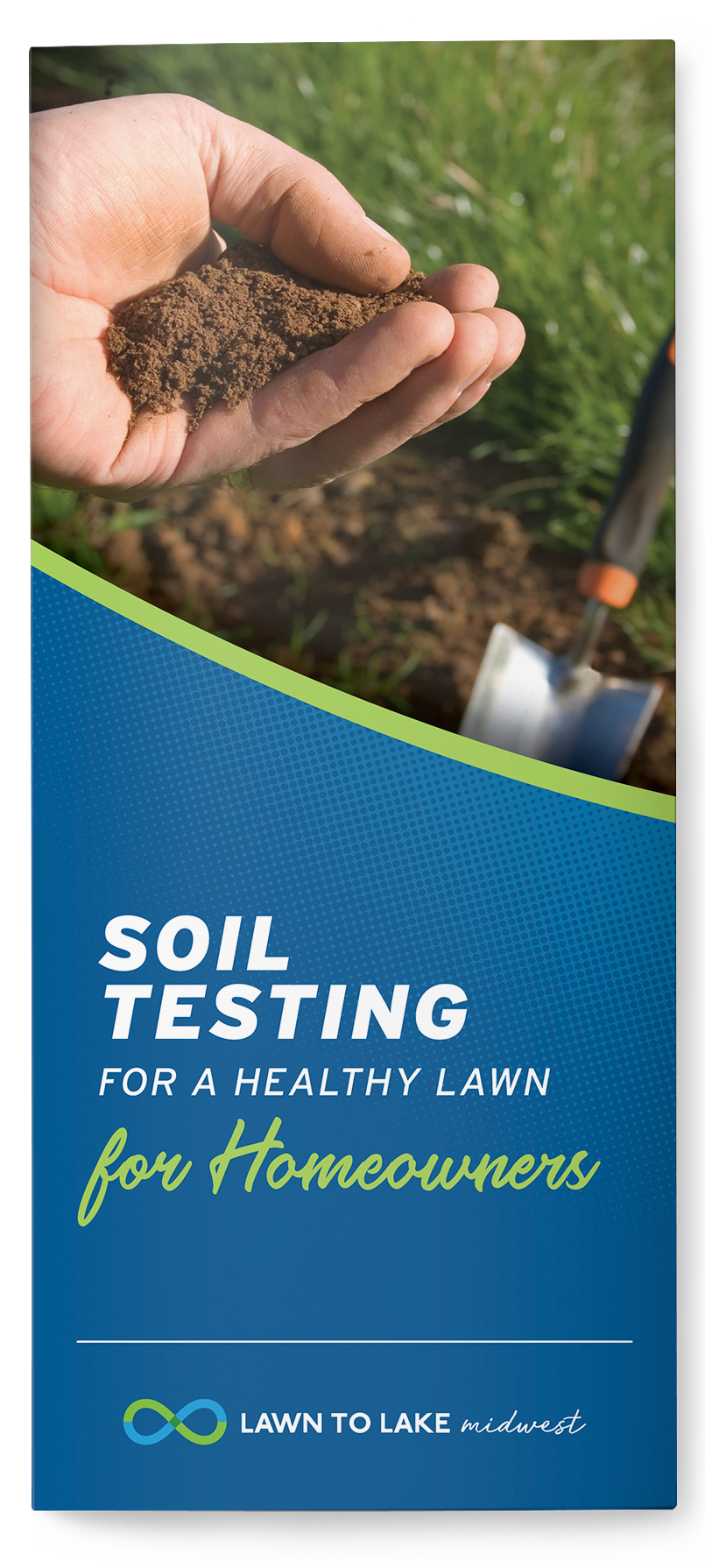
This brochure is a part of a natural lawn care communication campaign developed and refined through a series of grant funded homeowner surveys and focus groups. The goal is to address the issue of lawn care-related pollution in watersheds by targeting outreach efforts directly towards homeowners engaged in lawn care. Survey data revealed that soil testing is a lawn care practice overlooked by homeowners. This brochure aims address the importance of soil testing as it relates to turfgrass health.
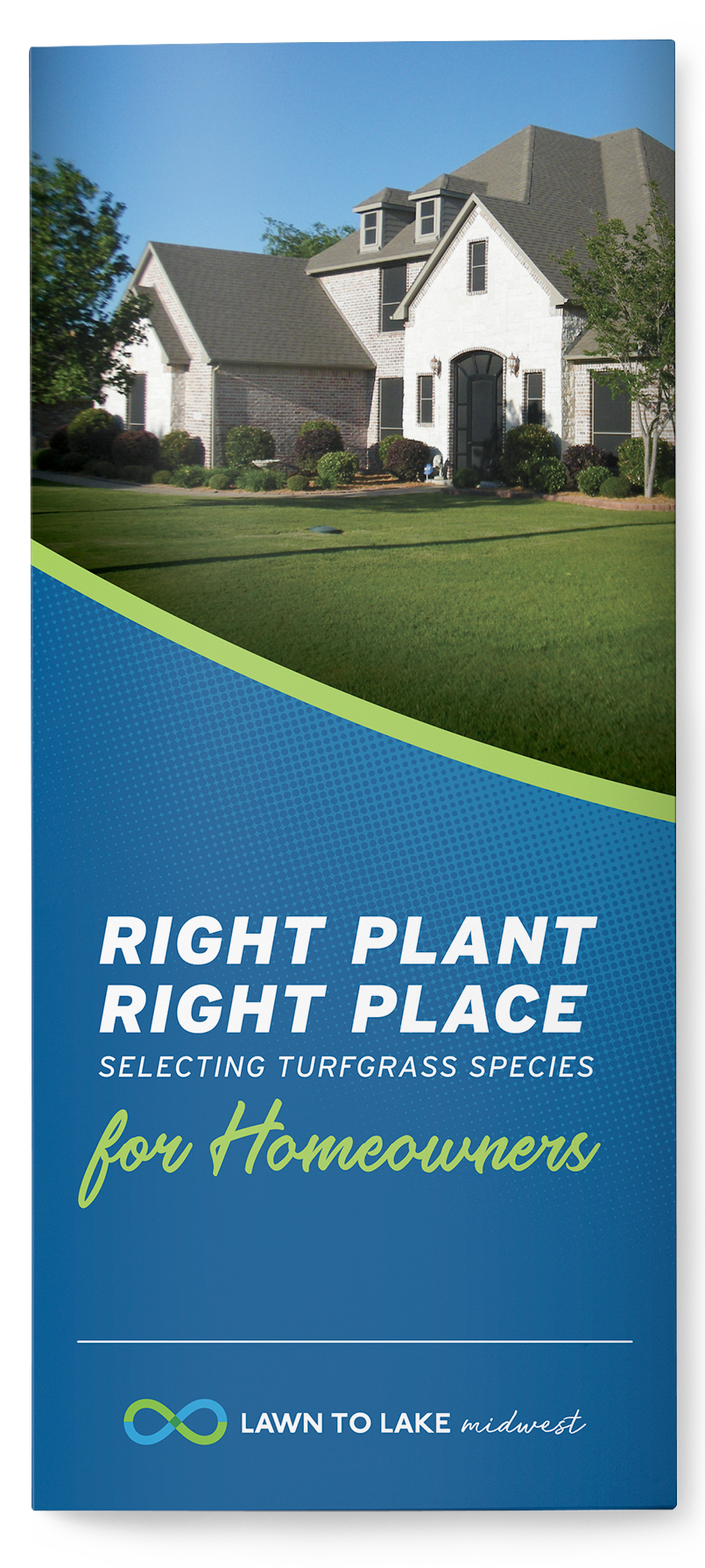
This brochure is a part of a natural lawn care communication campaign developed and refined through a series of grant funded homeowner surveys and focus groups. The goal is to address the issue of lawn care-related pollution in watersheds by targeting outreach efforts directly towards homeowners engaged in lawn care. Choosing the right turfgrass species for the lawn’s growing conditions is an important management practice. This brochure provides a brief introduction to turfgrass growth habits, a checklist for understanding your lawn’s growing conditions and provides a turfgrass selection guide.
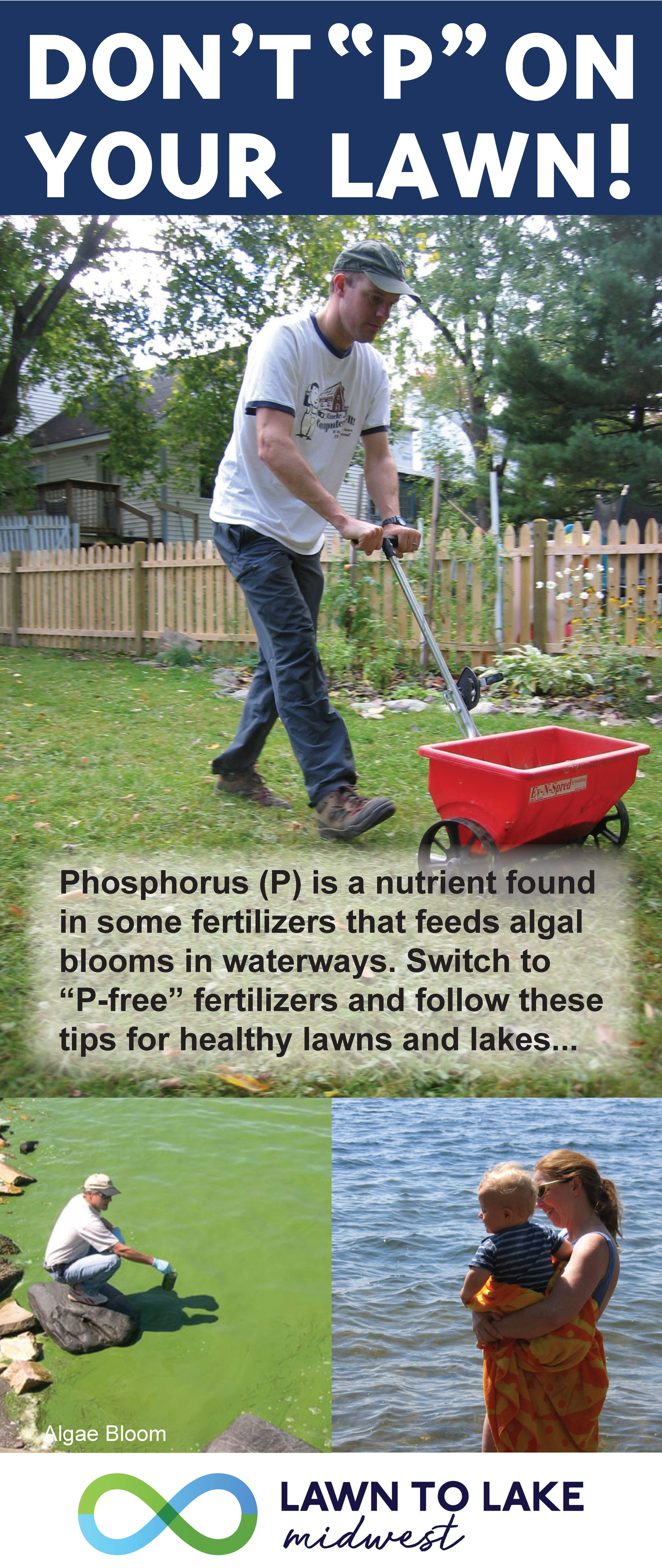
Lawn to Lake provides information on how to protect water quality through natural lawn care. This rack card explains the benefits of using phosphorus-free (P-free) fertilizer and natural lawn care products.
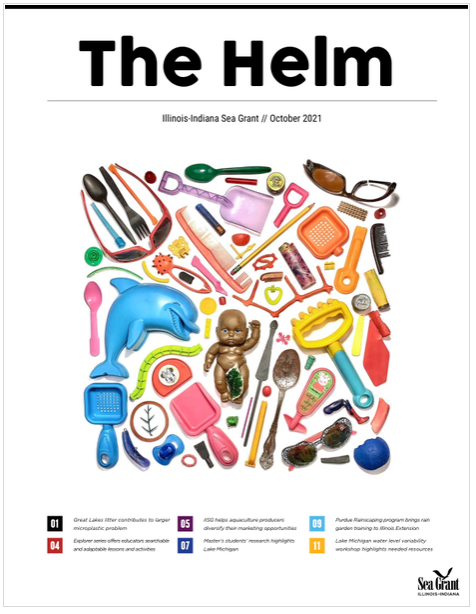
This is an annual summary of Illinois-Indiana Sea Grant success stories.
Flip through the magazine: https://issuu.com/iiseagrant/docs/thehelm-2021
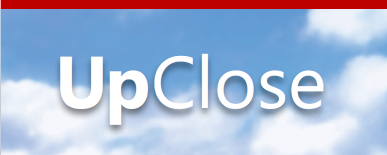
Learn about aquatic pollution by hearing directly from the people doing the research. From the field to the lab, UpClose takes you behind the scenes with the scientists working to make sense of this complicated topic.
In this issue:
Dr. Timothy Strathmann, an environmental engineer at University of Illinois Urbana-Champaign, has dedicated more than a decade to understanding the chemical principles at work behind environmental challenges such as ensuring long term water quality and developing renewable energy.
Publication Number: IISG-12-49
In this issue:
Dr. Maria Sepulveda works from her lab at Purdue University to uncover the impacts of environmental contaminants of fish and other wildlife.
Publication Number: IISG-13-02
In this issue:
Dr. John Kelly, a microbiologist at Loyola University Chicago, is working to shine a light on the impacts that human activities have on aquatic microbial communities, especially those that make their homes in rivers or lakes.
Publication Number: IISG-13-77W
In this issue:
Dr. Melody Bernot, an ecologist at Ball State University, is probing deeper into some of the biggest questions in pharmaceutical and personal care produce (PPCP) research.
Publication Number: IISG-13-81
In this issue:
Dr. Rebecca Klaper, an ecologist at the University of Wisconsin-Milwaukee is searching for practical solution for the design, use, and management of pharmaceuticals and other emerging contaminants found in the environment.
Publication Number: IISG-13-87
In this issue:
Dr. Sherri “Sam” Mason, a chemistry professor at State University of New York Fredonia, has documented the quantity of plastic in the Great Lakes, putting a spotlight on microplastic pollution in freshwater systems and the potential impacts.
Publication Number: IISG-14-25
In this issue:
Dr. Steven Mauro from Grannon University discusses research on the ways pharmaceuticals are changing the bacterial communities that help keep aquatic ecosystems healthy.
Publication Number: IISG-14-87
In this issue:
Dana Kolpin, head of the U.S. Geological Survey’s Emerging Contaminants Project, discussed the first-ever nationwide study that discovered trace amounts of emerging contaminants in streams across the country.
Publication Number: IISG-14-100 E
In this issue:
Dr. Barbara Mahler, research hydrologist at the U.S. Geological Survey, discussed her work investigating the toxic chemicals associated with pavement sealants impact local environments.
Publication Number: IISG-15-011 E
In this issue:
Dr. Lorena Rios Mendoza from the University of Wisconsin Superior talks about her work to identify the chemicals that build up on the surface of microplastics and how photodegradation may alter the way they react to one another.
Publication Number IISG-15-028 E
In this issue:
Dr. Michael Lydy from Southern Illinois University Carbondale, investigates the complex chemical and biological factors affecting pesticide toxicity in urban streams.
Publication Number: IISG-15-16-008
In this issue:
Dr. Tim Hoellein from Loyola University Chicago, investigates the interactions between common pollutants and organisms in rivers and streams.
Publication Number: IISG-16-021